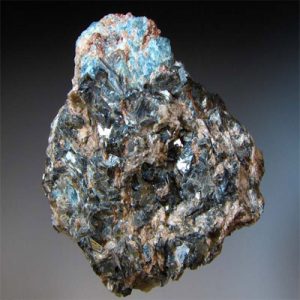Sapphirine
Sapphirine is not related to Sapphire but named for its color similarity to blue Sapphire. Despite being named for its blue color, Sapphirine is available in other colors including green, rarely purplish pink and of course, pale blue. Sapphirine is a very rare gemstone and gems are usually very small. The crystals are usually found as small, transparent grains.
There are only a few localities for fine, gemmy crystals including Sakena, Vorokafotra, Bekily, Anjamiary, and Betroka regions, Madagascar; Blinkwater, near Messina, Transvaal, South Africa; Kollonne village, Sri Lanka; and Mautia Hill, Tanzania.
| Category: | Silicate mineral |
| Formula: | (Mg, Al)8(Al, Si)6O20 |
| a silicate of magnesium and aluminium | |
| Crystallography: | Monoclinic – Prismatic or Triclinic – Pinacoidal |
| Crystal Habit: | Crystals indistinct, tabular, to 3 cm. Commonly as disseminated grains or aggregates. |
| Twinning: | Repeated on [010]; uncommon. Polysynthetic twinning on one, or possibly two, laws is observed in polished sections when 1A polytype is present. |
| Cleavage: | [010] Fair, [001] Poor, [100] Poor |
| Fracture: | Irregular/Uneven to Sub-Conchoidal |
| Tenacity: | Brittle |
| Hardness (Mohs): | 7.5 |
| Density: | 3.40 – 3.58 (g/cm3) |
| Luminescence: | None |
| Radioactivity: | Not Radioactive |
| Color: | Light to dark Blue, Bluish Gray, Greenish Gray, Green, White, pale Red, Yellow |
| Transparency: | Transparent |
| Luster: | Vitreous |
| Refractive Index: | 1.701 – 1.734 Biaxial ( + ) or ( – ) |
| Birefringence: | 0.0060 |
| Dispersion: | Moderate to Very Strong; r < v |
| Pleochroism: | Visible; X = colorless, pale reddish, yellowish green, pale yellow; Y = sky-blue, lavender-blue, bluish green; Z = blue, sapphire-blue, dark blue |


